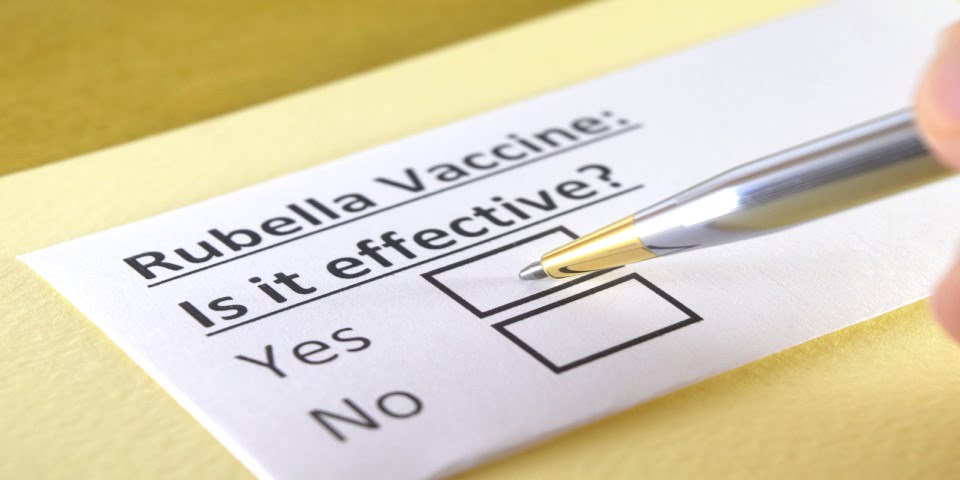In a highly significant public-health accomplishment for Australia, the World Health Organization (WHO) has verified that Australia has eliminated rubella, a contagious viral illness that can result in miscarriage or stillbirth.
Rubella, also known as German measles, causes a fever, rash and swollen lymph glands. If contracted by pregnant women during the first 10 weeks of pregnancy, the disease can result in miscarriage or stillbirth, or cause life-long problems for their babies.
Minister for Health Greg Hunt says the elimination of rubella is a great day for public health in Australia, and sends a powerful message that vaccinations work.
“I commend the efforts of Australia’s health professionals over the decades and the millions of parents who ensure their children are always vaccinated,” Minister Hunt said.
“Our National Immunisation Program played an essential role in this huge achievement by ensuring high levels of vaccination coverage for rubella.
“Only last week I announced the nationwide immunisation rates for five year-olds was 94.62 per cent, which is the highest figure on record.
“The science is in and the medical experts’ advice is absolute – vaccinations save lives and protect lives, and they are an essential part of a healthy society.”
Australia has high-performing surveillance systems to rapidly detect and respond to rubella cases and this week’s confirmation that this disease has been eliminated is testimony to the success of the National Immunisation Program.
Australia has had rolling epidemics of rubella, with the largest number of cases reported in 1958, with more than 5,000 notified cases; 1963-64, with more than 3,000 notified cases; and the early 1990s, with more than 4,000 notified cases.
The current National Immunisation Program provides free vaccination for protection against rubella for children aged 12 months with a booster at 18 months.
WHO has confirmed Australia has also maintained its measles-elimination status, after being verified in 2014.










